Saffron is the king of spices. Very difficult to obtain, it has been enthralling people with its taste and health properties since ancient times.
Using this spice seems easy but that is simply not the case. Perfect results require great experience and knowledge when it comes to selection. A single harmonious combination would allow them to unleash their potential, with which to provide unbelievable sensations.
In antiquity, saffron symbolized temperament. Every chef knows that going even slightly over the required amount of saffron would give the dish an unpleasant bitter taste. Because of this, it is important to know that a dish does not require any more than 5 threads. Also, keep in mind that 1/5 tsp (1 g) contains about 400 veins.
To extract the color and flavor, the saffron needs to be soaked in water or milk ahead of time. For 4 1/5 cups (1 L) of water, just 0.001 g are needed. For 12 1/2 cups (3 L), you need 2 dried stigmas.
Another option for extracting the color is by heating. Heat the spice on low heat in a dry pan. Crush it to powder or dissolve it in a little water or milk.
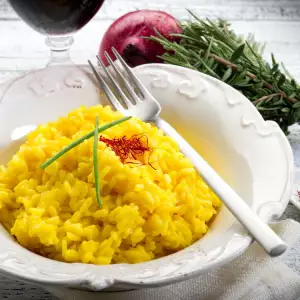
If the color is what you are solely after, use ground saffron. In this form though, saffron loses its flavor and beneficial properties when stored.
In order to not overdose with saffron, it is best to add it in alcoholic extract form. For 4 1/5 cups of liquid or 2 lb of food, just 6-7 drops are enough.
Besides for color and taste, the spice is added as a preservative as well. It prevents food from spoiling for a long time.
These is an intricacy when it comes to actually putting it in the dish. This needs to be done several minutes before the dish is finished cooking. Adding it to dough, on the other hand, is done at the very beginning, when kneading it.
Saffron is usually found on its own in recipes. Rarely is it combined with other spices - those being black pepper and garlic only. It is enough to provide a unique taste, color and aroma.
It is found in recipes for mousses, ice creams, creams, fruit jellies, baked goods, sauces, soups and meat dishes. Additionally, it is used to color soups, oils, cheeses, broths and liqueurs.
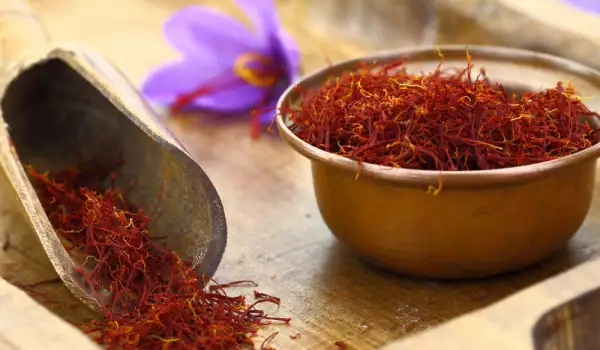
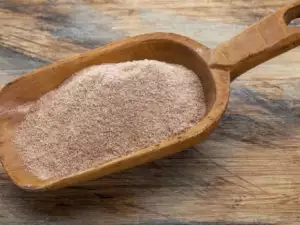
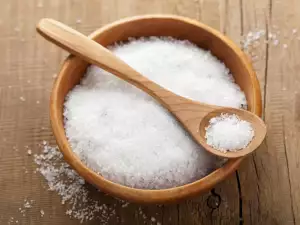
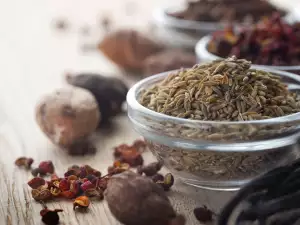
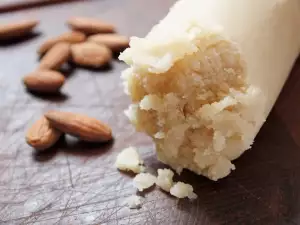
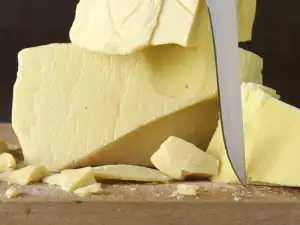
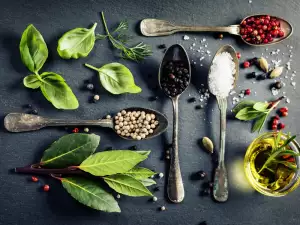

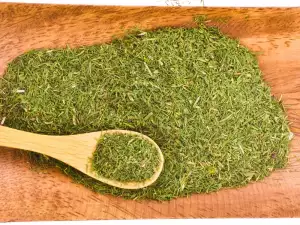

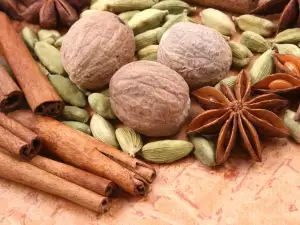
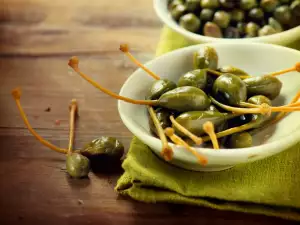
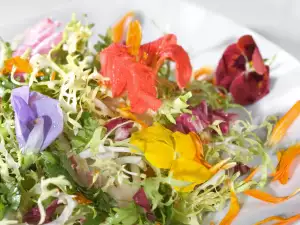
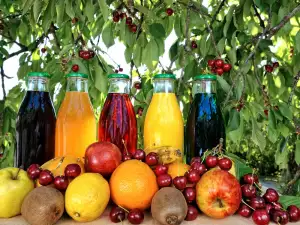
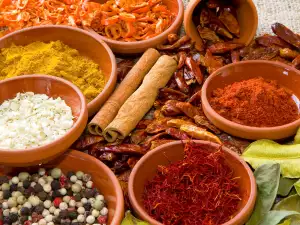




Comments